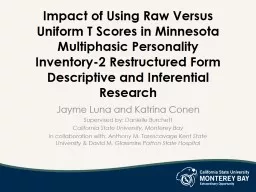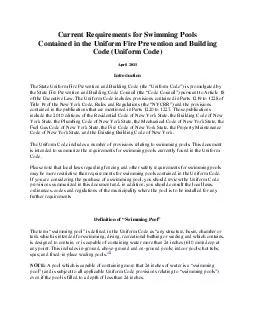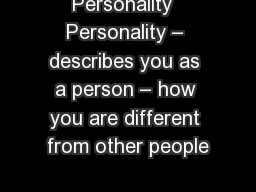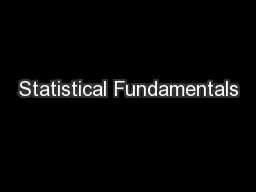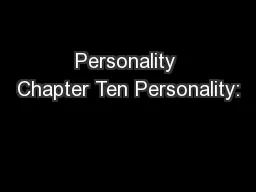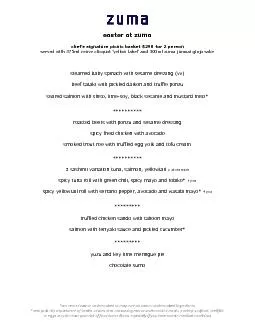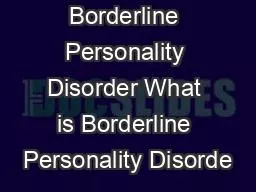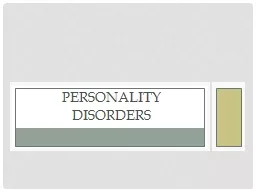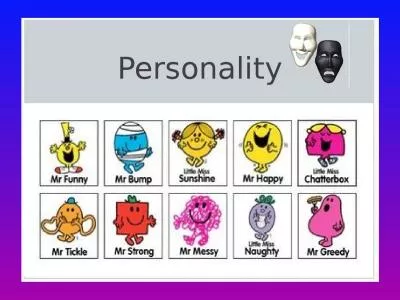PPT-Impact of Using Raw Versus Uniform T Scores in Minnesota Multiphasic Personality
Author : studmonkeybikers | Published Date : 2020-06-23
Inventory2 Restructured Form Descriptive and Inferential Research Jayme Luna and Katrina Conen Supervised by Danielle Burchett California State University Monterey
Presentation Embed Code
Download Presentation
Download Presentation The PPT/PDF document "Impact of Using Raw Versus Uniform T Sco..." is the property of its rightful owner. Permission is granted to download and print the materials on this website for personal, non-commercial use only, and to display it on your personal computer provided you do not modify the materials and that you retain all copyright notices contained in the materials. By downloading content from our website, you accept the terms of this agreement.
Impact of Using Raw Versus Uniform T Scores in Minnesota Multiphasic Personality: Transcript
Download Rules Of Document
"Impact of Using Raw Versus Uniform T Scores in Minnesota Multiphasic Personality"The content belongs to its owner. You may download and print it for personal use, without modification, and keep all copyright notices. By downloading, you agree to these terms.
Related Documents

